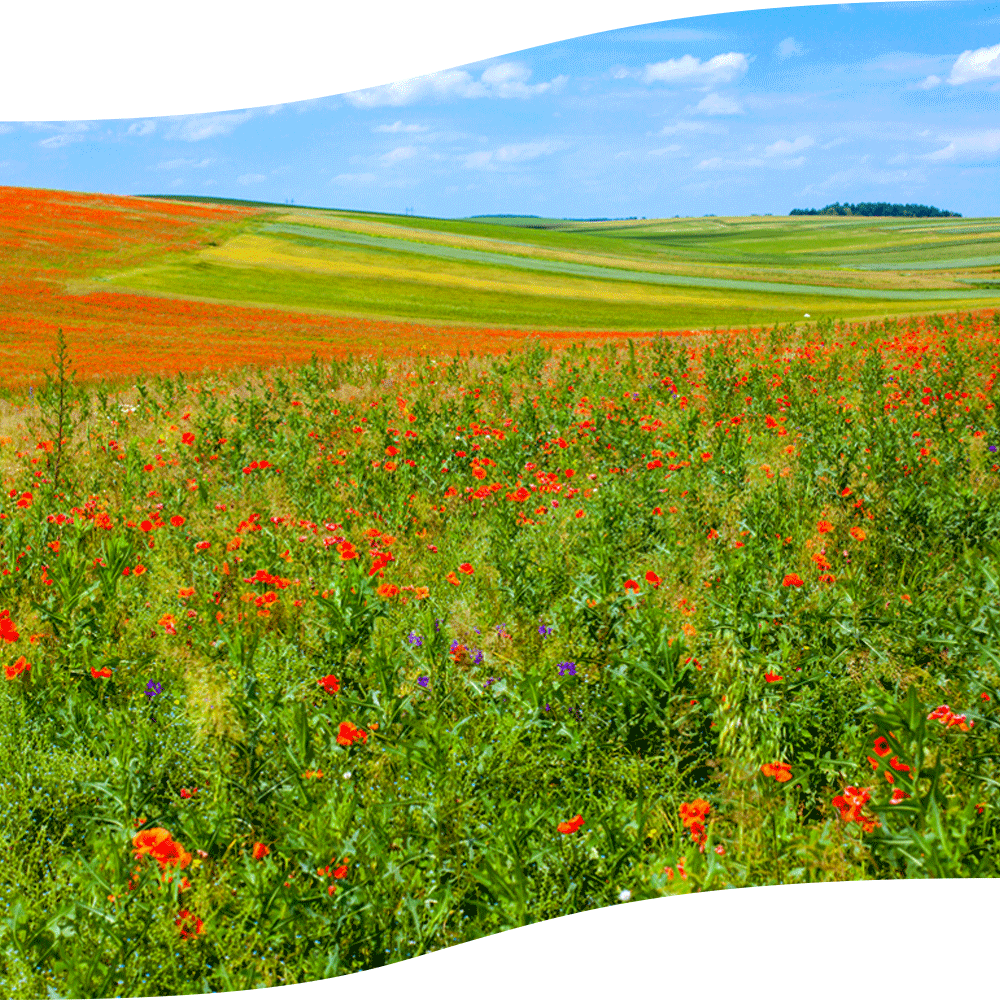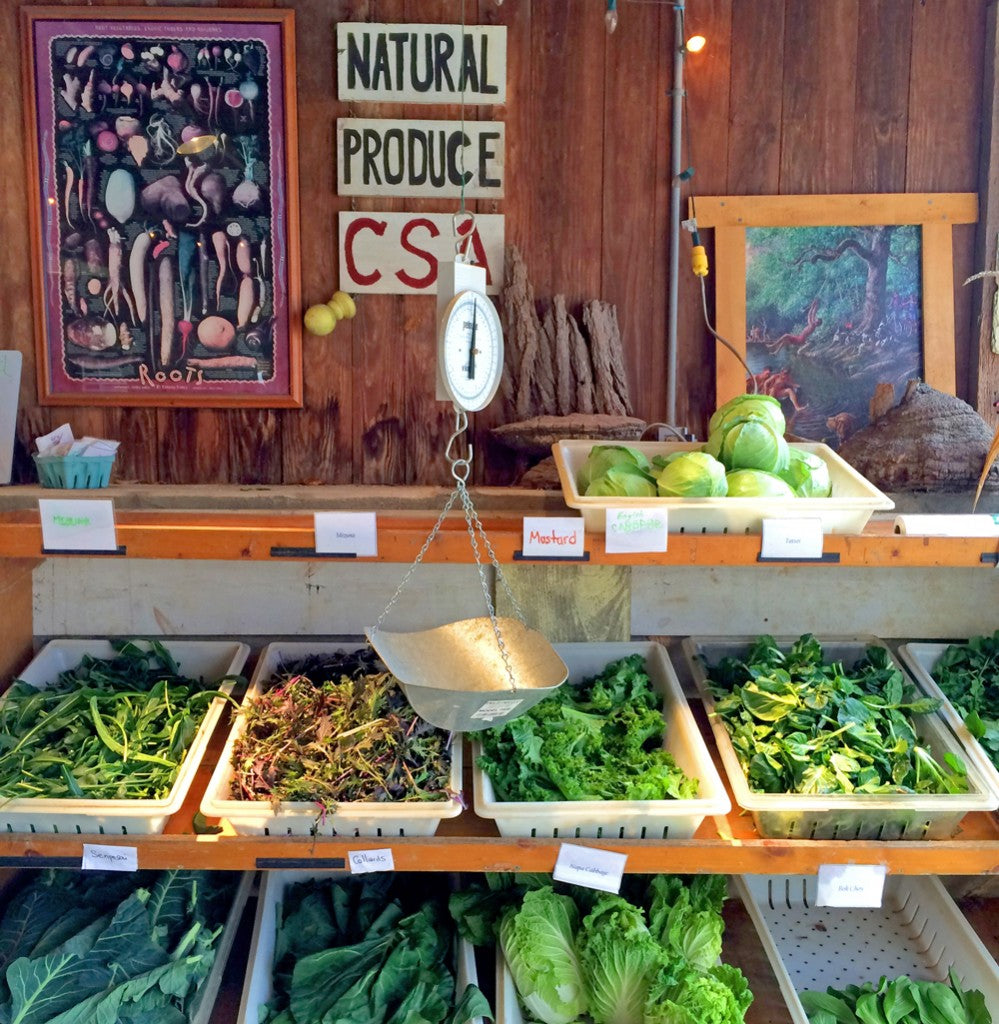
Landscapes: know your place, change the space
Looking at a landscapes from the top of a precipice, all the layers and lines become clear in a way that cannot be seen from the ground. All the stratigraphy tells stories of time. All the colors seem dreamlike. This new perspective lends itself to a bigger question of viewpoints—how do we know when to help and when to step back? We must learn to look at the bigger picture, instead of focusing on our view from the ground.

There is a delicate balance between change and preservation. The seasons change and the landscape transforms with new growth and renewal. But preservation plays a part here—if we want these things to return to the same balance that’s always been, we must know when to stop and simply watch it all happen. The meadow transforms, all on its own, from a flat and dead thing to something filled with colors, buzzing insects and fragrant wildflowers. But there are moments, too, when Mother Nature does need our help. Cultivation through innovation can be the key to transforming even the most urban space. What was once a lush and green land may have been made barren by concrete or chemicals, and life struggles to break through the tiny cracks in the pavement. These are the instances when creativity is especially important. We must use our unique ability to see old things in a new way.

A torn sari. A broken bottle. A plastic bag once used to contain fish feed has lost its purpose and been discarded. It has become a piece of trash. But in the eyes of the resourceful, this is not simply a remnant to be buried and forgotten, but an opportunity to create something new. A repurposed material, reimagined and transformed into something new, can go a long way. A small cement terrace can be filled with green new life, if we make a small effort to lend a hand.
Earth Day
We encourage you to take a step back and think about the bigger picture. And then identify one small and easy way to lend a hand to nature. It might be switching from a chemical household cleaner to a natural one. It could be planting a garden of your own. It could even be as simple as choosing local produce over imported.

Something old becomes new again; something plain grows fresh and green with the unique perfection of combining precision with randomness. Nature is already there—complete and perfect. Careful tending and soft nurturing are all that’s needed for a landscape worth loving.



Leave a comment